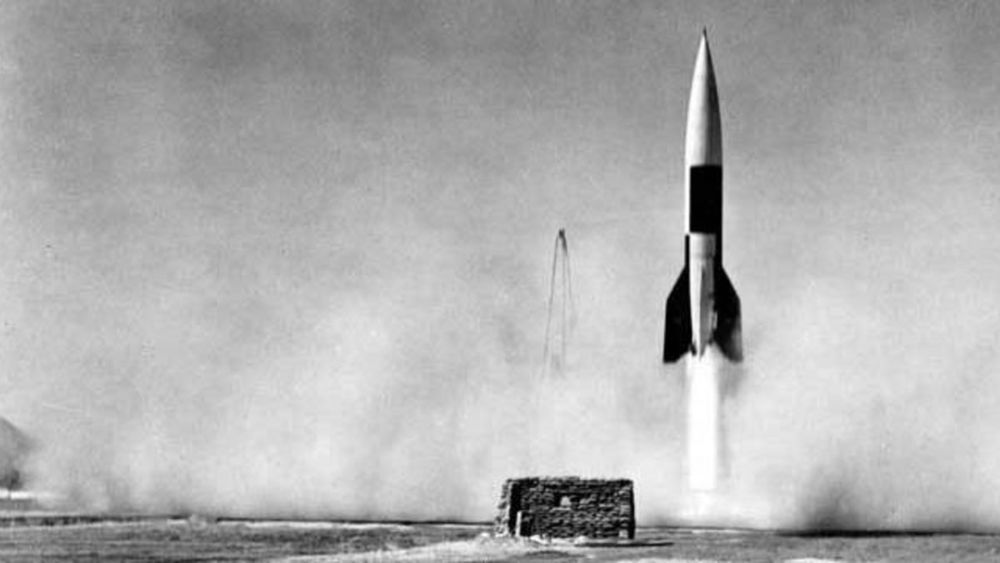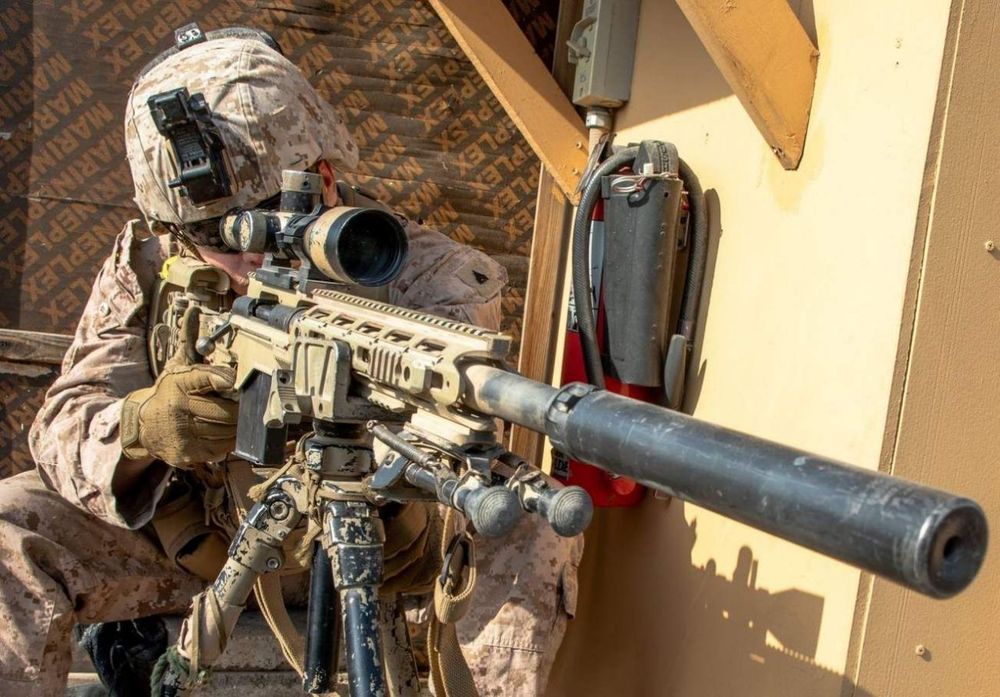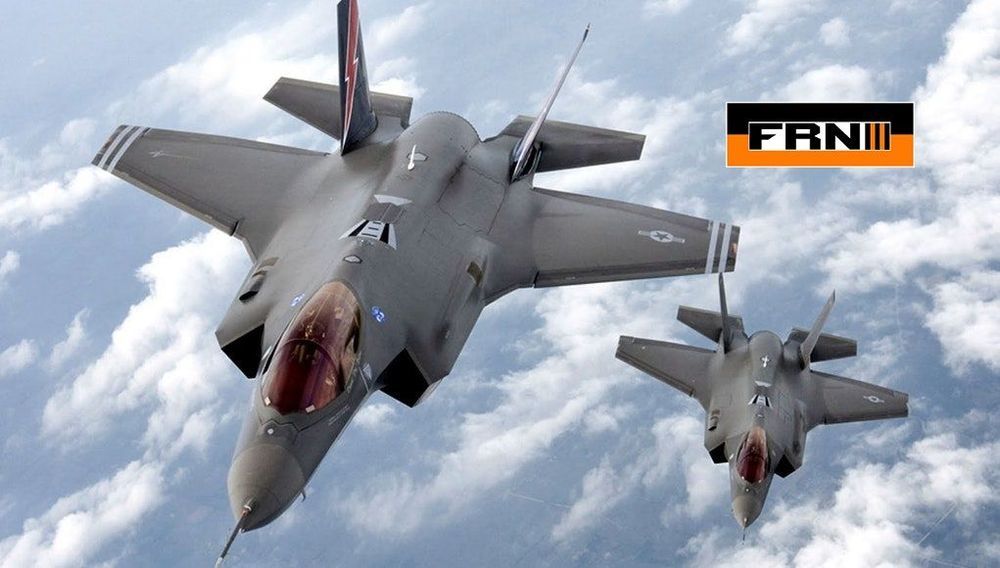Jan 31, 2020
GM resurrecting Hummer as an all-electric ‘super truck’ with 1,000 horsepower
Posted by Quinn Sena in categories: entertainment, military
DETROIT – General Motors is resurrecting the Hummer, best known as a gas-guzzling, military-style SUV, as an all-electric “super truck” with massive horsepower, acceleration and torque.
The Detroit automaker confirmed the plans Thursday and released three online teaser videos for the “GMC Hummer EV” pickup ahead of a 30-second Super Bowl ad for the vehicle featuring NBA star LeBron James. The spot is scheduled to air during the second quarter of Sunday’s game.
Continue reading “GM resurrecting Hummer as an all-electric ‘super truck’ with 1,000 horsepower” »


















